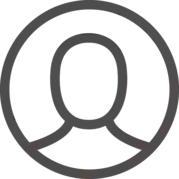Want to have custom patches on your denims but can’t find any among embroidered ones in stores? The answer: create your own using flock vinyl! Yes you can get more creative with patchwork - read on to know how to make iron-on patches on jeans. Flock vinyl is a great and more versatile option to embroidered patches because it has an elevated soft fuzzy feel - it is like velvet or suede.
Mon-Fri 9am-6pm





